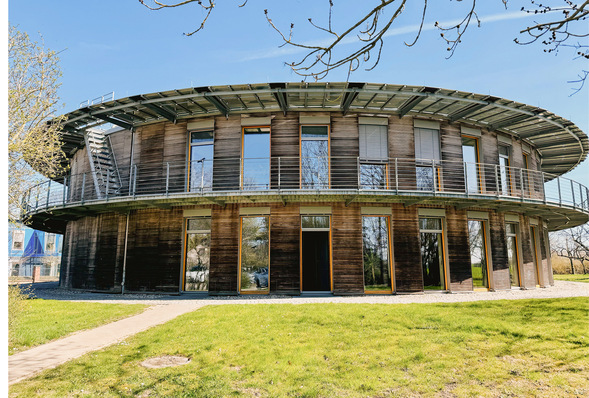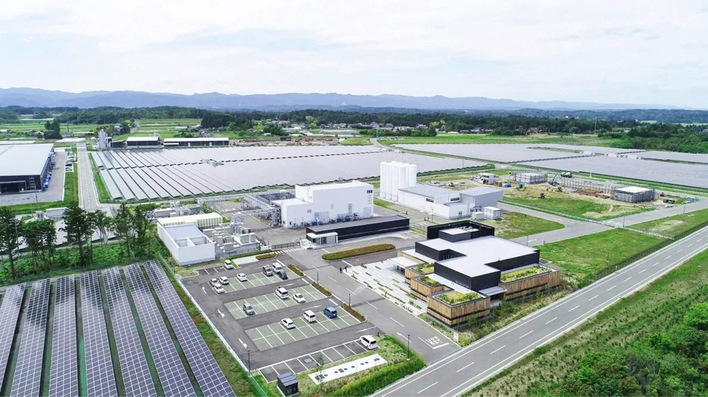The integration of Siemens Gamesa will not be a quick job. The attributable losses will still burden the results of parent company Siemens Energy for several quarters. That is, until the results of the reorganization, the pooling of purchasing power (cost reduction potential) and other measures are reflected in better figures, according to our analysis. Because what ultimately counts is the stimulation of the growth of the corporate group as a whole, and this could not be better, at least in the area of hydrogen.
Interesting is that the share price has left its low and is gradually changing direction – because the stock market anticipates the future. The reported loss of 533 million EUR in the third quarter (fiscal year) is therefore still primarily attributable to the problem-making subsidiary (minus 446 million EUR), but also to the account of one-time effects like the termination of activities in Russia at a cost of 200 million EUR. Supply chain problems and increased costs for supplies and raw materials will continue to accompany the Group.
Nevertheless, the order books are full to bursting and, according to other calculation models, will lead to high-margin turnovers. The planned staff reduction (2,500 positions) will also have an impact. There are also many real synergies that can be leveraged if there is a combination of wind turbines and electrolyzers out at sea at the same time, enabling production of hydrogen at low cost and stationing Siemens Energy as a one-stop shopping partner for customers that are interested in total solutions. Managing director Christian Bruch accordingly described the order intake as “fantastic.” Verdict: For us, a clear “buy on bad news.”
Cooperation with Air Liquide
With the joint venture of Siemens Energy and Air Liquide, two heavyweights in the area of hydrogen and electrolysis are joining forces, with Air Liquide holding 25.1 percent and Siemens 74.9 percent in the JV. Together, the two companies want to get going a production facility for PEM electrolyzers at the site in Berlin. In addition, joint research activities in the field of electrolysis are being established. They are planning joint H2 projects like a 200-MW electrolyzer in Normandy. They intend to jointly apply for funding support from the EU. Verdict: Such JVs, in which complementary players jointly develop projects, will now become more and more common in the hydrogen industry (see p. 8). There, Siemens Energy, and likewise Air Liquide, have the best of positionings.
Disclaimer
Each investor must always be aware of their own risk when investing in shares and should consider a sensible risk diversification. The FC companies and shares mentioned here are small and mid cap, i.e. they are not standard stocks and their volatility is also much higher. This report is not meant to be viewed as purchase recommendations, and the author holds no liability for your actions. All information is based on publicly available sources and, as far as assessment is concerned, represents exclusively the personal opinion of the author, who focuses on medium- and long-term valuation and not on short-term profit. The author may be in possession of the shares presented here.
Author: Sven Jösting, written August 30th, 2022






